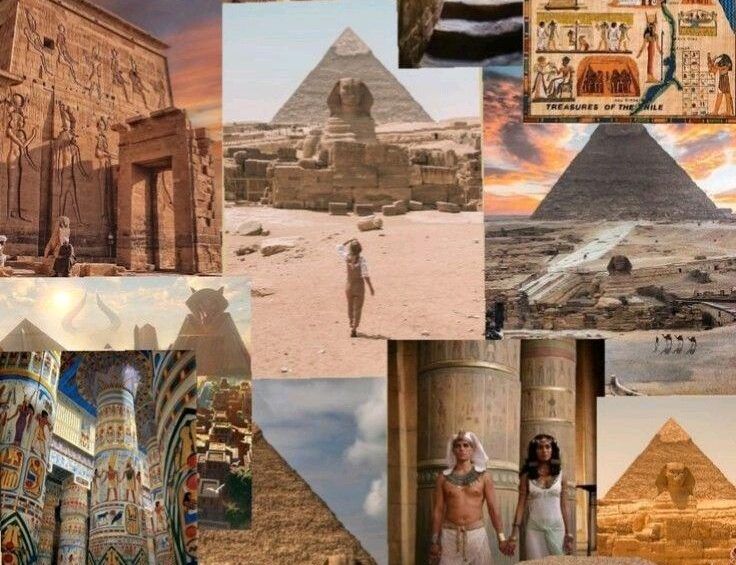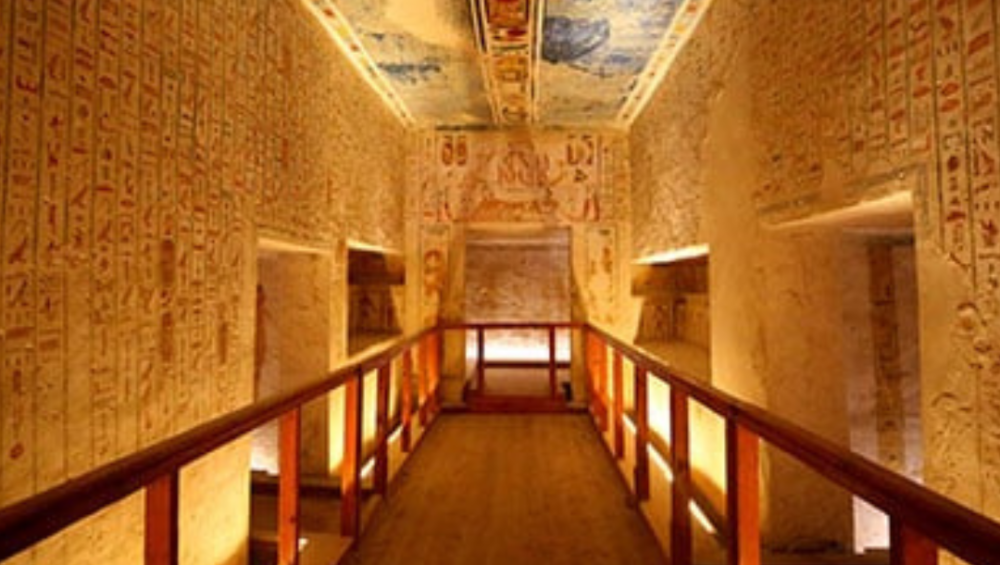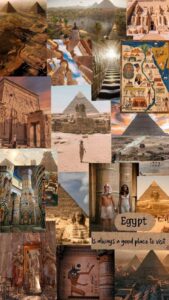Cairo One Day
Enjoy a visit to the most interesting museum, The Egyptian Museum. Get excited by our tour to the awe-inspiring Pyramids Of Giza, as well as the Great Sphinx.
Egyptian Museum:
- Location: Cairo, Egypt
- Description: The Egyptian Museum, also known as the Museum of Egyptian Antiquities, is one of the largest and most significant museums in the world, housing an extensive collection of ancient Egyptian artifacts.
- Highlights:
- Tutankhamun’s Treasures: The museum’s most famous exhibit is the collection of treasures from the tomb of Tutankhamun, including his gold mask and other precious items.
- Royal Mummies: The museum features a hall dedicated to the mummies of some of Egypt’s most famous pharaohs, such as Ramses II and Hatshepsut.
- Statues and Relics: Thousands of artifacts, including statues, jewelry, papyrus scrolls, and everyday items from ancient Egypt, are displayed.
- Rosetta Stone: While the original is in the British Museum, the Egyptian Museum has a replica of this critical artifact that helped decipher Egyptian hieroglyphs.
The Sphinx:
- Location: Giza, near Cairo, Egypt
- Description: The Great Sphinx of Giza is a colossal limestone statue of a reclining sphinx, a mythical creature with the body of a lion and the head of a human. It is one of the most iconic symbols of ancient Egypt.
- Highlights:
- Size and Structure: The Sphinx is approximately 73 meters (240 feet) long, 20 meters (66 feet) high, and 19 meters (62 feet) wide. It is carved out of a single block of limestone.
- Historical Significance: Believed to have been constructed during the reign of Pharaoh Khafre (around 2558–2532 BC), who is also credited with building the second pyramid at Giza.
- Symbolism: The Sphinx is thought to represent the pharaoh as a powerful and protective figure. Its purpose was likely to guard the Giza Plateau and the pyramids.
- Erosion and Restoration: The Sphinx has suffered significant erosion over millennia, leading to various restoration efforts to preserve its structure. The missing nose and beard are subjects of much speculation and legend.
Both the Egyptian Museum and the Great Sphinx are must-visit sites for anyone interested in the rich history and culture of ancient Egypt, offering deep insights into the civilization’s grandeur and mysteries.
Pyramids of Cheops (Great Pyramid of Giza):
- Location: Giza Plateau, near Cairo, Egypt
- Description: The Pyramid of Cheops, also known as the Great Pyramid of Giza, is the largest and oldest of the three pyramids on the Giza Plateau. It was built as a tomb for the Fourth Dynasty pharaoh Khufu (also known as Cheops).
- Construction:
- Time Period: The pyramid was constructed around 2580–2560 BC during the Fourth Dynasty of the Old Kingdom of Egypt.
- Materials: It is primarily made of limestone blocks, with an estimated total weight of about 6 million tons. The original smooth casing stones, made of highly polished Tura limestone, have largely been removed, revealing the underlying core structure.
- Size: Originally, the Great Pyramid stood at about 146.6 meters (481 feet), but it now measures around 138.8 meters (455 feet) due to the loss of the outer casing stones and the erosion of the apex.
- Labor: It is believed that the pyramid was built by a skilled workforce of laborers, possibly numbering in the tens of thousands, over a period of 20 years. Recent evidence suggests that workers were not slaves but paid laborers who lived in nearby workers’ villages.
- Internal Structure:
- Entrance: The original entrance is located on the north face of the pyramid, around 17 meters (56 feet) above ground level. Today, tourists enter through a lower entrance that was created in the 9th century AD.
- Passages and Chambers:
- Descending Passage: Leads downwards into an unfinished subterranean chamber.
- Ascending Passage: Leads upwards from the Descending Passage to the Grand Gallery.
- Grand Gallery: A large, corbelled passage that leads to the King’s Chamber.
- King’s Chamber: Located near the center of the pyramid, this chamber is constructed entirely from red granite and contains a large granite sarcophagus.
- Queen’s Chamber: Located below the King’s Chamber and directly beneath the apex of the pyramid.
- Significance:
- Architectural Feat: The Great Pyramid of Giza is considered one of the greatest architectural achievements in history and was the tallest man-made structure in the world for over 3,800 years.
- Astronomical Alignment: The pyramid is precisely aligned with the cardinal points of the compass (north, south, east, and west), demonstrating the ancient Egyptians’ advanced understanding of astronomy.
- Wonder of the Ancient World: It is the only surviving structure of the Seven Wonders of the Ancient World, highlighting its historical and cultural significance.
- Tourism:
- The Great Pyramid is a major tourist attraction and an iconic symbol of Egypt. Visitors can explore the interior passages and chambers, although access is sometimes restricted to preserve the structure.
The Pyramid of Cheops, with its monumental scale and precise construction, continues to captivate and intrigue historians, archaeologists, and tourists from around the world, serving as a testament to the ingenuity and sophistication of ancient Egyptian civilization.

















